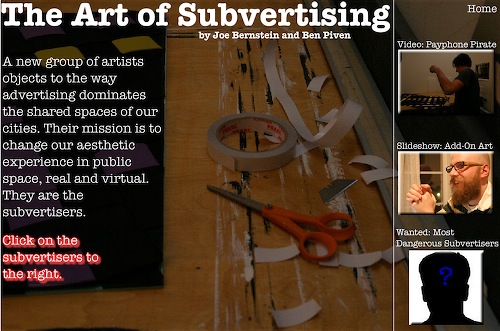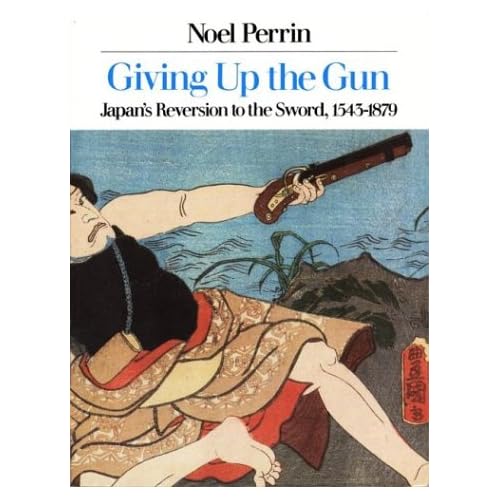 artepreistorica | Even though the ‘neuropsychological model’ put forward by Lewis-Williams & Dawson is not sufficient on its own to interpret that complex phenomenon which is poleolithic art, this model at least paves the way to supposing that mind-altering factors may have contributed to a prehistoric will-to-art.
artepreistorica | Even though the ‘neuropsychological model’ put forward by Lewis-Williams & Dawson is not sufficient on its own to interpret that complex phenomenon which is poleolithic art, this model at least paves the way to supposing that mind-altering factors may have contributed to a prehistoric will-to-art.At this point, we should remember Kaplan´s (1975) theory that mushrooms are represented in the Swedish cave art of the long Scandinavian Bronze Age.
It should also be pointed out that the explicit representation of psychotropic vegetals, as sacred objects (and therefore subject to taboo), is rare and the few cases of explicit representation make up but a small part of prehistoric art, as sacred art, associated with the use of hallucinogens. We must consider that, generally speaking, sacred cult objects will not be represented and that it is more than likely that these will be hidden behind symbolic devices, also of a graphic nature, whose meaning is indeed beyond us.
Further evidence in support of the idea that the relationship between Man and hallucinogens – in this case mushrooms – is indeed an ancient one comes from the ancient populations of the Sahara desert who inhabited this vast area when it was still covered with an extensive layer of vegetation (fig. 1) (Samorini, 1989). The archeological findings consist in prehistorical paintings which the author personally had the opportunity to observe during two visits to Tassilli in Algeria. This could be the most ancient ethno-mycological finding up to the present day, which goes back to the so-called ‘Round Heads’ Period (i.e. 9,000 – 7,000 years ago). The centre of this style is Tassili, but examples are also to be found at Tadrart Acacus (Libya), Ennedi (Chad) and, to a lesser extent, at Jebel Uweinat (Egypt) (Muzzolini, 1986:173-175).
Central Saharian rock art, apart from extensive concentrations of incisions, near the sites of ancient rivers, and rockshelter paintings among the large promontories or high plateaux which reach an altitude of some 2,000 meters, cover a period of 12,000 years, generally divided in 5 periods: the ‘Bubalus antiquus’ Period, the works of which were produced by the Early Hunters at the end of the Pleistocene period (10,000 – 7,000 years B. C.) – characterized by representations of large wild animals (Mori, 1974); the ‘Round Heads’ Period, in turn divided into various phases and styles, associated with the epipaleolithic populations of the Early Gatherers (7,000 – 5,000 years B. C.), whose works of fantasy have quite rightly become world famous; the ‘Bovidian’ or ‘Pastoral’ Period (starting 5,000 years B. C.), a population of animal herders and breeders whose art is predominantly concentrated on these activities and, after these, the ‘Horse’ Period and, lastly, the ‘Camel’ Period, the art works of which are stereotyped and of a lower quality.
Some rock art experts have already produced evidence supporting the idea that the art of the Round Head Period could be influenced by ecstatic or hallucinogenic states. According to Anati (1989:187), this art is produced by the Early Gatherers during the end of Pleistocene and the beginning of Holecene periods. Analogous works dating back nearly to the some period are to be found in various sites around the world (Sahara Desert, Tanzania, Texas, Mexico etc.). These areas were later to become arid or semi-arid when the lakes and rivers dried up. From the many works of art these peoples have left us we learn what were gatherers of wild vegetal foods: ‘people who lived in a sort of garden of Eden and who used mind-altering substances’. Sansoni too (1980) is of the opinion that ‘it might be that (the works of art of the Round Heads Period) are the works of normal consciousness or the results of particular ecstatic states associated with dance or the use of hallucinogenic substances’. The context, or rather the ‘motivations’ behind Round Heads art, just as with all the other periods of Sahara rock art, are generally of a religious and, perhaps, initiatic nature. Fabrizio Mori, discussing Acacus, stressed ‘the close relationship which there must have been between the painter and that figure so typical in all prehistoric societies whose main role is that of mediator between earth and sky: the wizard-priest’ (Mori, 1975). According to Henri Lohte, the discoverer of the Tassili frescoes, ‘it seems evident that these painted cavities were secret sanctuaries’ (Lhote, 1968).
Images of enormous mythological beings of human or animal form, side by side with a host of small horned and feathered beings in dancing stance cover the rock shelters of which there are very many on the high plateaux of the Sahara which in some areas are so interconnected as to form true ‘citadels’ with streets, squares and terraces.
One at the most important scenes is to be found in the Tin-Tazarift rock art site, at Tassili, in which we find a series of masked figures in line and hieratically dressed or dressed as dancers surrounded by long and lively festoons of geometrical designs of different kinds (fig. 2). Each dancer holds a mushroom-like object in the right hand and, even more surprising, two parallel lines come out of this object to reach the central part of the head of the dancer, the area of the roots of the two horns. This double line could signify an indirect association or non-material fluid passing from the object held in the right hand and the mind. This interpretation would coincide with the mushroom interpretation if we bear in mind the universal mental value induced by hallucinogenic mushrooms and vegetals, which is often of a mystical and spiritual nature (Dobkin de Rios, 1984:194). It would seem that these lines – in themselves an ideogram which represents something non-material in ancient art – represent the effect that the mushroom has on the human mind.
The whole scene is steeped in deep symbolic meanings and is a representation of a cultural event which actually happened and which was periodically repeated. Perhaps we are witnessing one of the most important moments in the social, religious and emotional lives of these peoples. The constant nature of the physical nature of the dancers and their stances reveals a coordinated will towards scenic representation for collective contexts. The dance represented here has all the indications of a ritual dance and perhaps, at a certain stage, this rite became ecstatic.
In the various scenes presented, a series of figurative constants lead us to imagine an accompanying conceptual structure associated with the ethno-mycological cult described here.





























